Toward the Establishment of a Construction Safety Culture in Japan
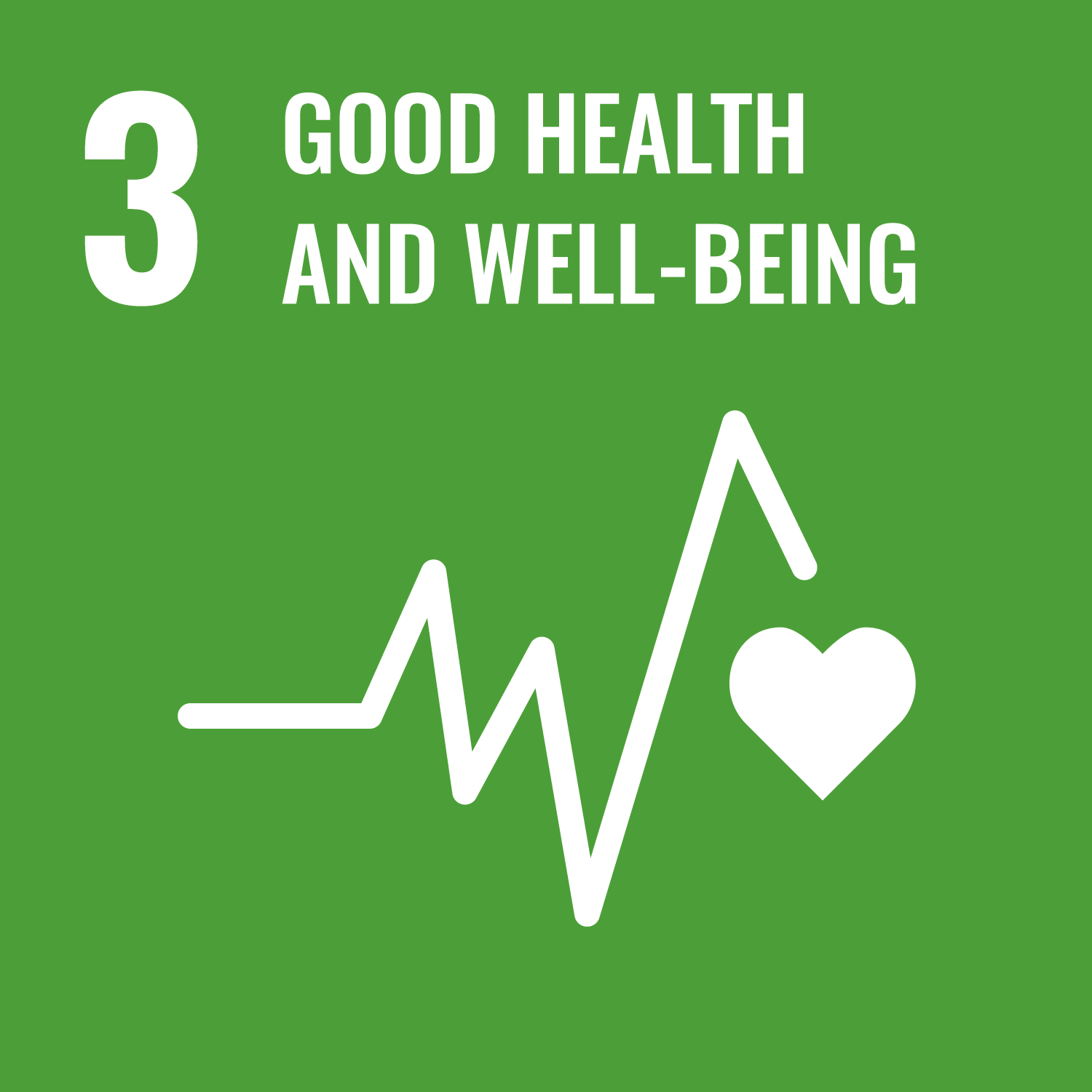
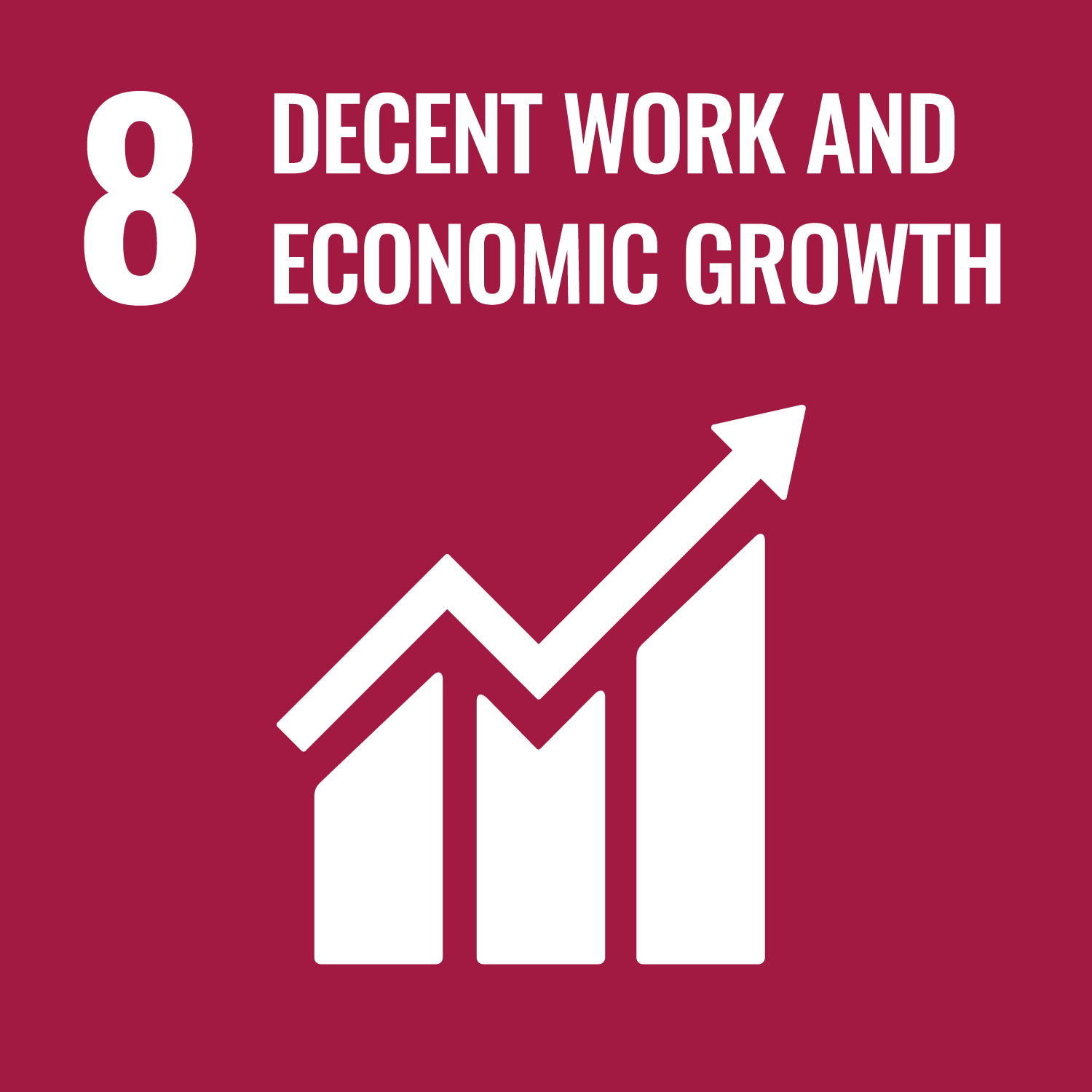
2025.04.09
-

- Koyanagi Yoshimoto, Senior Director, Financial Cooperation Operations Department
In the Grant Aid projects that my department is in charge of, we support the development / improvement of the infrastructure through the construction of facilities for disaster prevention, hospitals and schools, water supply and drainage, irrigation, roads and bridges, airports and ports, environmental conservation, etc., Here, I introduce the construction safety measures which is also extremely important to ensure human lives.
JICA has implemented many facility construction projects. Unfortunately, many construction accidents have occurred in the implementation of these projects, and the most serious accident was the one which occurred in the Can Tho Bridge construction project in Vietnam (Yen Loan) in September 2007. During the erection of the bridge girder, the girder collapsed with the workers resulting in a catastrophic accident with more than 50 people deaths and 70 people injuries.
With a strong desire not to repeat such a serious accident such occurred in the Can Tho Bridge project, JICA formulated and announced to the public "Safety Policy for Construction Works in Japanese ODA Projects” under the name of the President of JICA in 2015, aiming to eliminate accidents giving top priority to human life and safety, and to establish and spread “Japanese culture of safety”.
The conditions for construction work overseas differ from those in Japan. Hiring engineers in the local or from third countries, the contractor manages a very diverse range of workers, including those who are not used to working on construction sites or who cannot read, and it is not easy to ensure construction safety for each and every worker. Therefore, JICA is implementing the following specific measures to ensure that construction safety measures are effective.
Despite the various specific measures mentioned above, there are still certain number of deaths from construction accidents each year across JICA, so it is still necessary to strengthen construction safety measures. In recent years, it has also become important to take measures from the perspective of occupational health, such as improving the working environment, not just in terms of safety, but also in terms of heatstroke prevention and gender considerations.
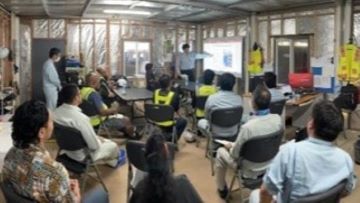
Safety Management Seminar by JICA staff with technical knowledge
Above mentioned “the Guidance” was established in 2014, and 10 years have passed since then, and there is also a need for revisions to keep up with recent changes in the circumstances. JICA as a whole is working on construction safety initiatives regardless of the scheme, but in this context, it can be said that the Grant Aid scheme, in which the main contractor is limited to Japanese companies, is a scheme that makes it easier to disseminate and establish “Japanese culture of Safety”.
In response to the above situation, in FY2024, my department conducted a study on strengthening construction safety measures for Grant Aid projects. The main objectives of this study were as follows.
The study has completed, and the revision of “the Guidance” and restructuring of construction safety management system proposed in the study are scheduled to be implemented from 2025 onwards.
JICA is conducting a number of projects to support economic and social development and improve living standards in developing countries, and we are determined to strengthen our efforts to eliminate accidents, with the strong mission that no precious human life should be sacrificed in these projects.
I sincerely hope that “Japanese culture of safety” will take root and spread in the JICA projects’ countries, leading to “safety first” and “zero accidents”.
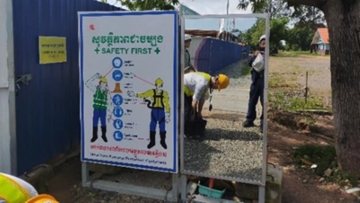
An example of on-site safety measures (self check of personal protective equipment by looking in the mirror)
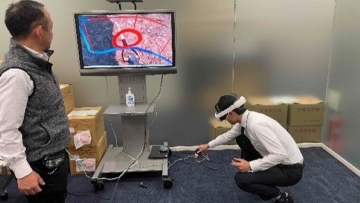
Experience of VR education materials on construction safety by JICA young staff
scroll